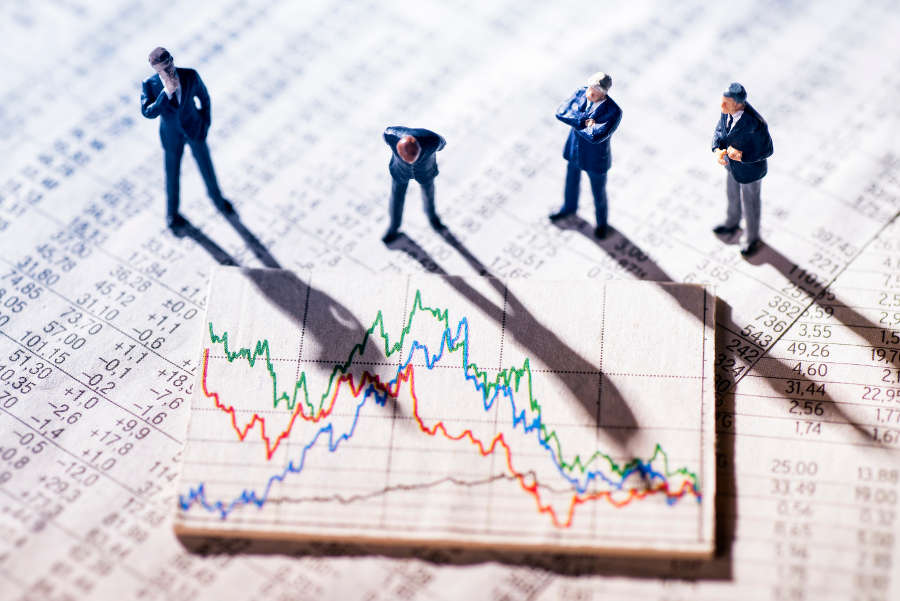I WANT
RELATED LINKS
I WANT
RELATED LINKS
RELATES LINKS
I WANT
RELATES LINKS
Services
Related Links
Use and Management of Cookies
We use cookies and other similar technologies on our website to enhance your browsing experience. For more information, please visit our Cookies Notice.
Use and Management of Cookies
We use cookies and other similar technologies on our website to enhance your browsing experience. For more information, please visit our Cookies Notice.
- Personal Banking
- Stories & Tips
- Personal Banking
- Stories & Tips
How different between Value Stock and Growth Stock
When it comes to investing in stocks, before the investors decide to buy a stock, there are two reasons. First, we believe the stock price will rise higher than the purchase date. Second because the shares will pay dividends on a regular basis. Investors who can make a return to meet their goals must have one important factor which is understanding the basic characteristics and risk of the stock as well. The most common types of stocks are Value Stock and Growth Stock.
Value Stock
A common stock known by investors as "good and cheap stock" has a strong fundamental. By the general, it is a stable business, performance is growing steadily, and cash flow and dividend yield are high.
For the criteria that determine which stocks are value stock, consider the following.
1.High Dividend Yield, higher than the market average or the same industry ***
2.P/E Ratio below the market average or the same industry group and the performance will be lower than the stock in the same group or lower than expected. ***
3.P/BV Ratio, below average of market or same industry group ***
Growth Stock
Most of the growth stocks are opposite to the value stocks which is they have outstanding performance. (Expand business and use high investment) It is known by investors as a "good and expensive " stock. Cash flow and dividend yield are low, or some companies will not pay dividends. The criteria used to decide which stocks are growth stocks consider the following.
1.Low Dividend Yield, below average of market or same industry group. Business must reserve working capital for business expansion. **
2.P/E Ratio is higher than the market average or the same industry group. With good sales and profitability, investors are willing to buy these stock at an expensive price. ***
3.P/BV Ratio higher than the market average or the same industry group ***

These 2 types of stocks good for whom
For both stock investment strategies, if you are a long-term investment investor (i.e. 3 years, 5 years), focus on getting dividends, it will invest the value stock. While short-term investors (for example, less than 1 year) and goal is the profit from capital gain will choose growth stock.
However, long-term investment in the stock market will have a high chance of success or another word it can reduce the loss. Example from Fama and French research entitled the cross-section of expected returns, published in the Journal of Finance, 1992.
The research focuses on P / E Ratio and P / BV ratios that affect the returns of US equities. The study was conducted between 1963 and 1990. Divided the stocks by P / E Ratio and P / BV Ratio into 10 groups using P/E Ratio and P/BV Ratio from low value to high value. Then calculate the future return of all 10 stocks.
The results of the study found that lowest P / E Ratio and P / BV Ratio are value stock. The average return for this group is 21 - 23% per year. For the highest P / E ratios and P / BV ratios are those with an average yield of 7-12% per annum.
In addition, Fama and French research also investigates 12 other global stock markets to see the returns of value stock and growth stock. By focused on the P / E Ratio, P / Rati Ratio and dividend, it was found that between 1975 and 1995 the value stock returns were higher than the growth stock and higher than the overall stock market returns in all countries.
For the moment of investment between value stock and growth stock. It has been noted that value-for-money investors are investing in value stock first to receive dividends. And when the company started operating better, investors who focus on growing stocks start investing. While value stock investors value estimate that price is going to be expensive, it will gradually sell them.
Likewise, if the company starts to strengthen, sales growth and profitability have begun to decline. Investors who focus on growth stocks will gradually start selling shares to profit from capital gain. It will be a rally that value stock investors will invest instead.
Today, there is no fixed formula that investors who focus on value stocks will generate more returns. Or focusing on getting growth stock into portfolios will be more successful. Because selecting stocks is only one factor. Before deciding on a stock, consider other factors such as economic analysis, industry analysis, company Analysis, share valuation and include choosing stock type to suit your investment style.
Remark
1.Company financial ratios such as P / E Ratio, P / BV Ratio are available on the Stock Exchange of Thailand website. (www.set.or.th) , which will include the latest and the last 5 years.
2.Criteria for deciding which stock is value stock or growth stock, you can learn more at
www.set.or.th/education/th/begin/stock_content08.pdf
